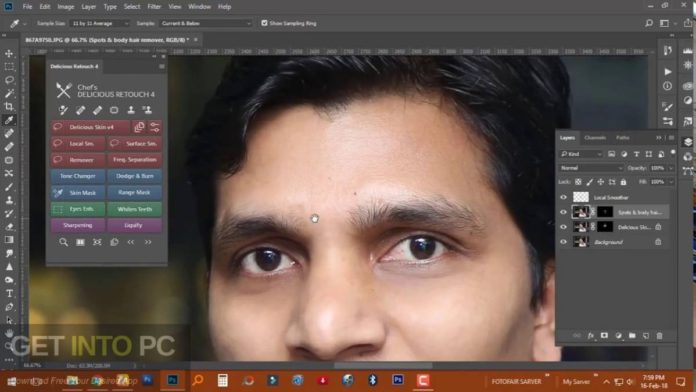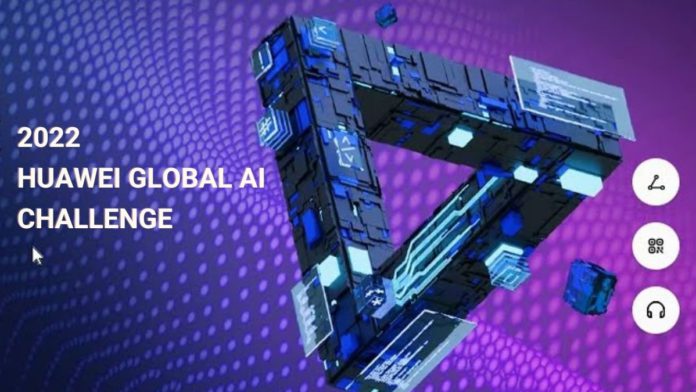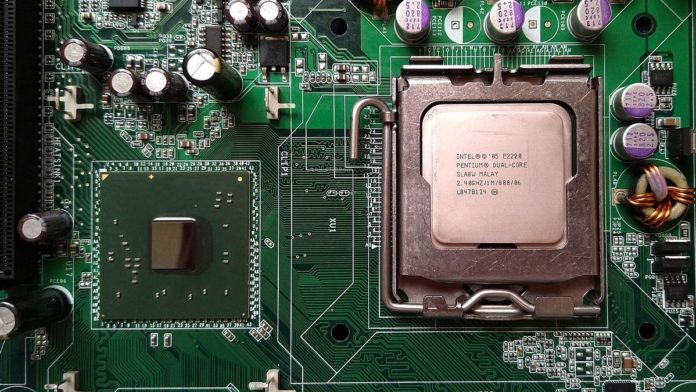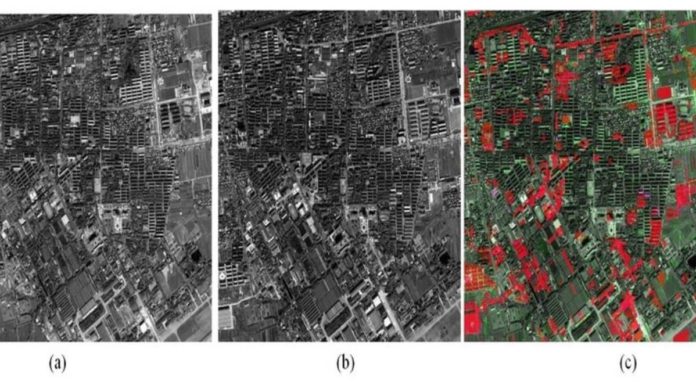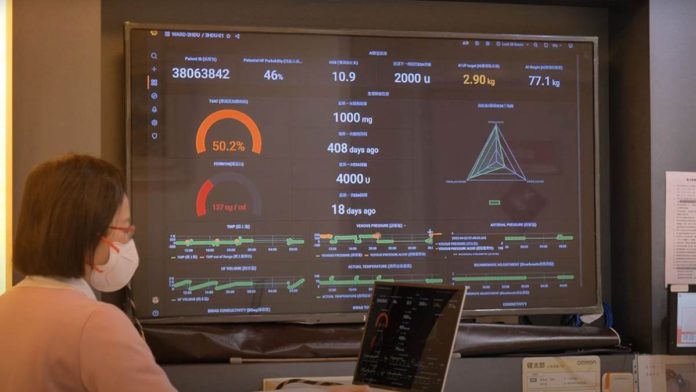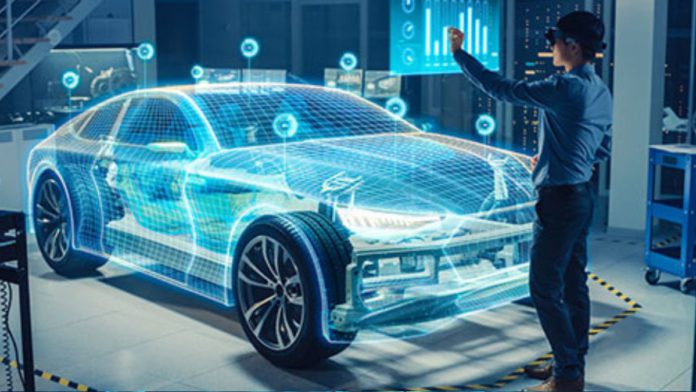The Estonia-based company Retouch4me launched a new neural network-trained plugin Heal OFX to retouch skin imperfections in a video. The video plugin is based on the technology found in standard photography retouching software. It is a suite of nine plugins that target different retouching tasks simultaneously and automate the process done manually before.
This plugin is different from other editing plugins in that it does not make the skin look fake or plastic-like. The company’s AI-powered tools provide excellent results across all photography and videography principles.
The company also provided a video demonstration of retouching skin in a video.
The tool removes skin imperfections while preserving textures and tones, which helps to produce a final image that looks realistic. Retouch4Me is pricey, but it accomplishes what it promises. PetaPixel, a photography news aggregator, recommended this plugin as the best for AI Portrait Retouching.
Read More: WiseWorks AI Raises $1.2M to Build a One-stop AI Solution to Analyze Virtual Communications.
Although the technology for still photos was remarkable, it is evident that the company had bigger plans for its AI. Heal OFX for DaVinci Resolve transfers the fundamental effects from its picture tools to video, where retouching has traditionally been more difficult.
Oleg Sharonov, the leading developer of the project, said, “We decided to simplify the task, making the editing convenient and optimizing the work of the neural network for video. We are launching a new plugin that retouches directly in Da Vinci by pressing just one button.”
Videographers can quickly achieve natural-looking effects using Retouch4me’s Heal OFX plugin without investing a lot of time or money in the process.


